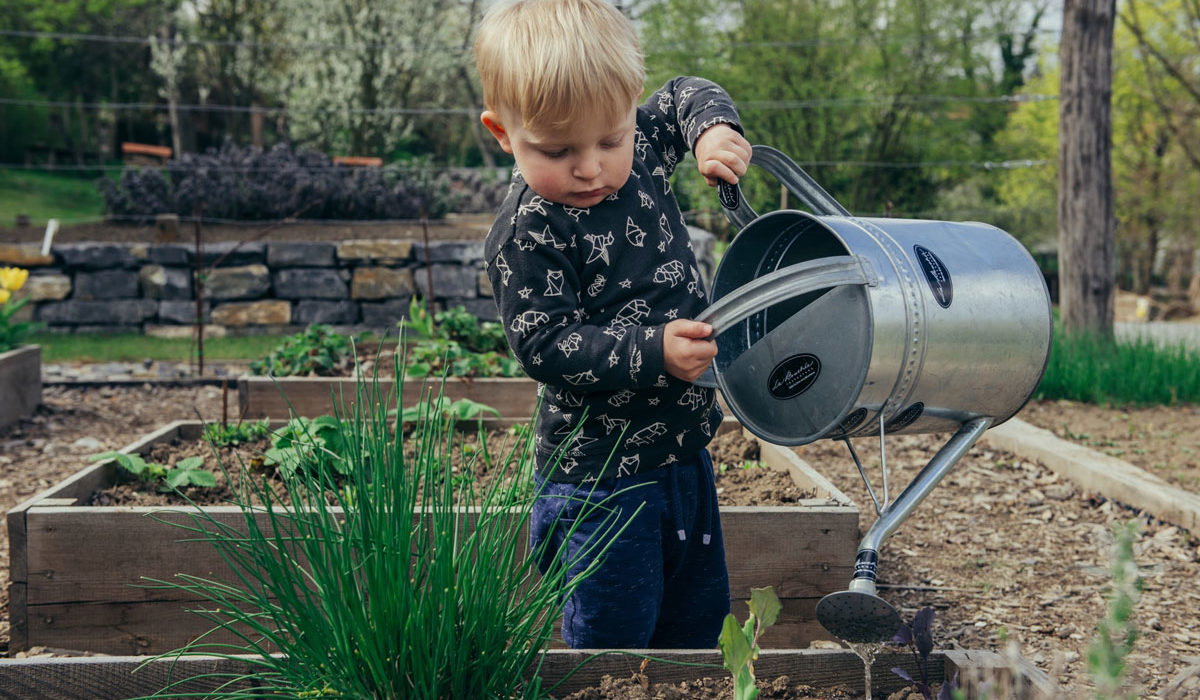If you are a parent, you are probably already wondering how to make your children consume the daily recommended amount of fruits and vegetables. This can be a daunting task, particularly with those kids who are “fussy” eaters. And, of course, prevalence of highly palatable foods and snacks in our Western diet does not help the cause.
This is an excerpt from an article by Grimm et al. (2014) published in Pediatrics
“Because of the importance of fruits and vegetables to overall health, the 2010 Dietary Guidelines for Americans (DGA) recommends increased intake of fruits and vegetables for all Americans 2 years of age and older, and emphasizes the importance of whole food sources of fruits and vegetables rather than juice. Specific intake recommendations based on the DGA call for a minimum of 1 to 1.5 cups of fruit and 1 to 1.5 cups of vegetables daily for children 2 to 8 years old, depending on age, gender, and physical activity level (more is recommended for children who are more active)”.
Some parents turn to cooking blogs to figure out some unusual ways to serve up the veggies that will make a child want to eat them. This can be a great solution for moms and dads who have a little extra time on their hands. And if a little one ends up trying a new variety of fruit or vegetable, then the outcome is well worth the investment of time.
Where does that leave the parents who sigh at the mention of the word “creativity” and just wish for their child to be able to eat healthy and consume all those vegetables on their plate?
The answer to that may be exposure to gardening. Soga et al. (2017) have reviewed available studies of effects of gardening on various health indicators and concluded that gardening confers benefits with regard to body-mass index (BMI), life satisfaction, and reduction of depression and anxiety. These effects are observable in pretty much any population studied, included children and the elderly. The authors go on to state that many modern children suffer from “nature-deficit” disorder and that gardening is one of the best ways to deal with sedentary life style and the health implications of such a life style.
Department of Health officials from the state of Wisconsin developed a Got Dirt? toolkit to help involve children in gardening and increase their knowledge of important aspects of nutrition. These officials argue that exposure to gardening helps children make healthy food choices, e.g., a vegetable or a fruit in lieu of a bag of potato chips. This argument does make sense in terms of the overall effect of environment on human development- it seems that those children who can get this type of exposure would be more interested in trying the healthy choices because of the personal investment in the process and the increased knowledge about plants and their benefits.
You can download the Got Dirt tool kit here.






